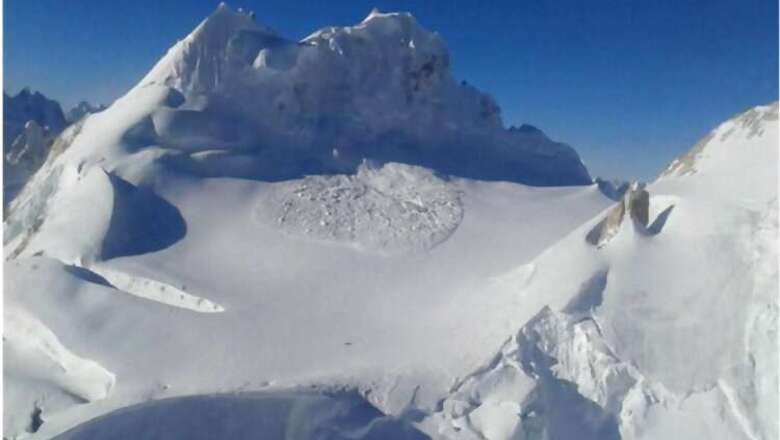
views
India has lost as many as nine sons, and one is battling for life, while serving the motherland atop the world's highest battlefield, Siachen. Unlike other battlefields, the enemy here was the nature. The soldiers were buried under a mass of snow after their post was hit by an avalanche at the altitude of 19,600 feet.
But it's not just avalanche that claims lives at high altitudes. While there are natural factors such as Blizzards, there are some fatal health concerns as well such as Pulmonary Edoma.
Here's a look at the factors that can turn the situation fatal at high altitudes:
Avalanche
An avalanche is basically a rapid flow of snow on a slope. It spreads and accelerates rapidly as it flows down the slope.
Blizzard
A severe snowstorm that lasts for a relatively longer period of time is referred to as a blizzard. A blizzard at high altitudes may last up to 15-20 days, causing grave danger to life.
Crevasse
A deep crack in an ice sheet or glacier is called Crevasse.
Pulmonary Edema
Pulmonary Edema is a condition where fluid gets accumulated in the lungs. This threat persists at an altitude above 8200 feet. Fluid collects in air sacs in the lungs, making it difficult to breathe, and may also lead mountaineers to cough up blood.
Cerebral Edema
Fluid accumulation in brain is referred to as cerebral edema. It is usually associated with those who suffer from acute mountain sickness.

















Comments
0 comment